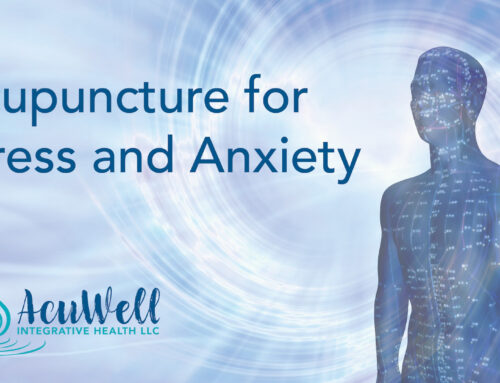The Healing Power of Light
September 13, 2022
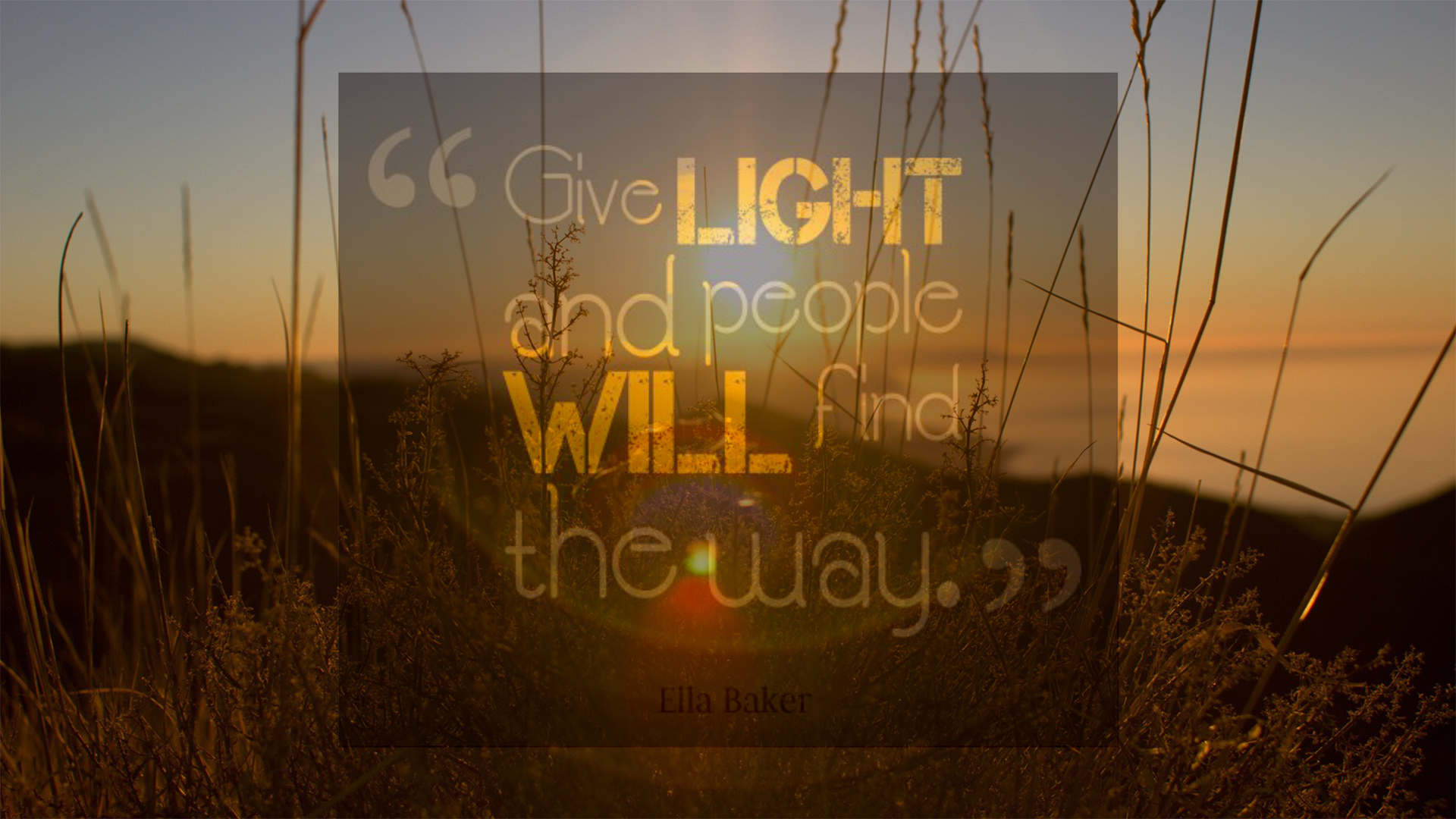
What is light therapy?
Light therapy, or phototherapy, is exposure to specific wavelengths of light designed to elicit a therapeutic response. From emotional disorders such as seasonal affective disorder (SAD) or depression, to sleep disorders like insomnia, to treating skin, muscle, and joint conditions, phototherapy can be used to treat a broad spectrum of disease and dysfunction in the human body. To understand how modern applications of phototherapy came to be, it is beneficial to have a basic understanding of how our relationship to light has evolved.
A Glimpse into History of Light Therapy
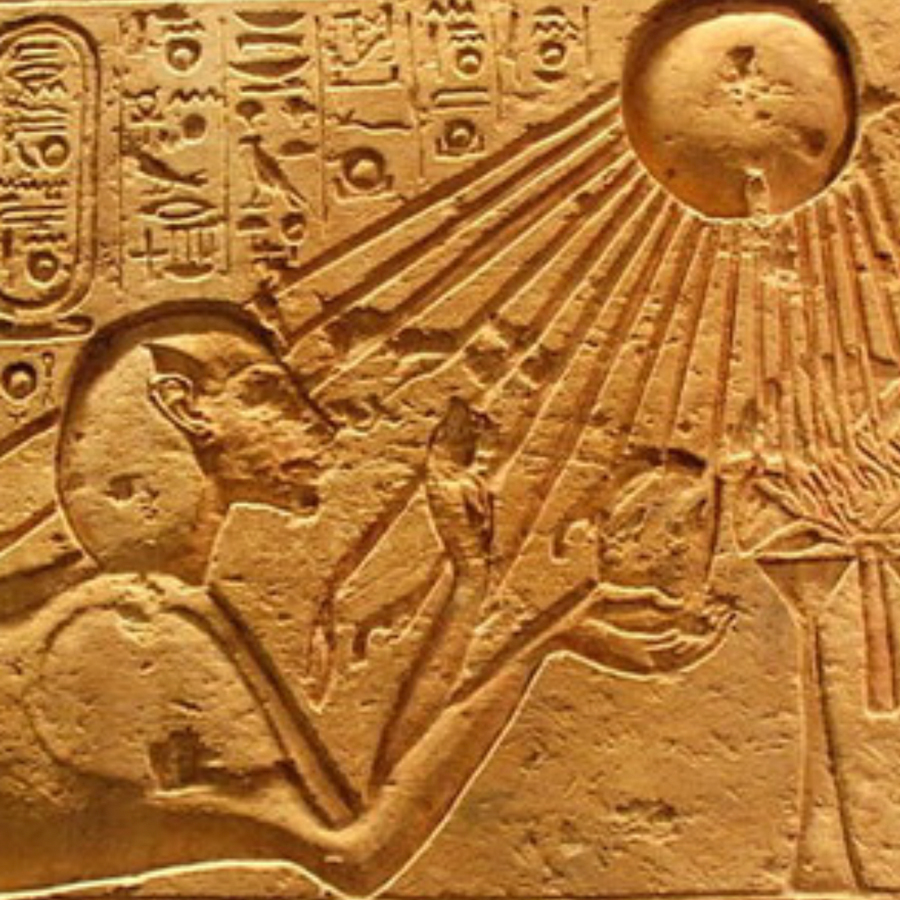
For as long as we have been around, humans have been basking in the light. Natural cycles of light and darkness can have a direct impact on our health, including hormone production, sleep cycles, vitamin absorption, pain levels, mood, and more. Humans are so drawn to light that we sought out ways to cultivate it on our own, first with fire, and eventually with gas and electric lights. Light provides us with warmth, comfort, safety, and security.
Before the invention of artificial light, many ancient cultures used the healing benefits of the sun therapeutically. Some cultures, such as ancient Incan and Assyrian people regarded the sun as a deity who would shine health upon us. Medical literature dating as far back as 1500 BCE references sun therapy, known as heliotherapy, combining the use of herbs and sunlight to treat patients.

The Advancement of Modern Phototherapy

Niels Ryberg Finsen was a physician and scientist born in the Scandinavian Faroe Islands in December of 1860. He suffered from rare genetic disease called Niemann-Pick disease. When feeling the painful effects of his illness, Finsen would spend his time sunbathing. His time in the sun inspired him to investigate the impact of light on living beings. He wrote several papers on the subject, most notably on the the effects of light on the skin, and the use of light in medicine. Finsen is credited with developing the first artificial light source used for phototherapy, which he used to treat skin lesions caused by tuberculosis and small pox. His theories on phototherapy spread quickly throughout Europe, and in 1903, Niels Ryberg Finsen was awarded the Nobel Prize in Medicine and Physiology.
In the early 1980’s, American medical doctor Norman E. Rosenthal and his colleagues at the National Institute of Mental Health (NIMH) started systemically reporting on the mood changes he was experiencing during the dark winter months. Rosenthal theorized that the decreased natural light was the cause, and performed a placebo-controlled study utilizing light therapy. In 1984, a paper based on his research was published, and America started the conversation on light therapy for seasonal affective disorder and mood.
In the 1990’s NASA started researching light therapy for human and plant cellular growth. Initial research was targeted at creating solutions for growing plants on space missions. In order to be successful, they needed a compact light source that reduced energy use and heat output in the small confines of a space shuttle. NASA scientists worked in conjunction with experts from Wisconsin to utilize light-emitting diodes, or LEDs, to resolving this problem. Studies have shown that red LEDs provide the specific light wavelengths that are perfect for plant growth in space. Even better, LEDs require far less energy and produce considerably less heat than conventional light sources, in addition to the benefits of their compact size and their longevity of use.
Once it was determined that LEDs could be used to grow plants, NASA started to investigate the implications on human cellular repair. One of the biggest concerns regarding astronaut health was the impact of prolonged weightlessness on cellular health, including wound healing, and muscle and bone loss. They discovered that specific types of light could influence and regulate the structures within a cell that store food, discharge waste, produce energy, and more. This resulted in accelerated healing of cellular injury or stress, increased circulation, improved natural inflammatory response, and increase respiratory metabolism.

By 1998, NASA had granted several Small Business Innovation Research contracts to researchers and medical professionals in Wisconsin to further investigate the benefits and applications of light. Light therapy was being used in surgical suites and cancer treatments, including treatments for pediatric tumors and bone marrow transplants. Hand held devices were developed for military first aid applications, and in 2003, these LED light therapy devices received FDA clearance.

A consumer version was introduced soon after, and was shown to reduce pain, relieve arthritis, muscle spasms and stiffness, increase local circulation, and promote relaxation of tissue. It has since been used to treat skin conditions as well, such as acne vulgaris. Since the FDA clearance of NASA’s light therapy devices in 2003, there have been great advances in technology, making light therapy more easily accessible and available. Light therapy is used medically and cosmetically, in hospitals, health and wellness clinics, spas, and beauty salons.
How Light Therapy Works

Light therapy has an impact on human tissue that behaves similarly to the way that a plant utilizes chlorophyll to convert sunlight into plant matter. By shining LEDs that utilize specific wavelengths of light onto the body, a natural cellular stimulation occurs. The cells absorb the particles of light and transform the energy from that light into a form of cellular energy called adenosine triphosphate (ATP). This basically recharges your cells, which is used to power the metabolic process that synthesizes and utilizes DNA, RNA, enzymes, proteins, and other cellular components.
The body uses these components to repair and regenerate your cells, enhancing cellular performance. That results in increased circulation, improved tissue repair, decreased inflammation, improved skin texture, tone, and clarity, and it can ease muscle and joint pain, stiffness, spasms, and arthritis. It can also kill the bacteria that cause acne vulgaris and decrease fine lines and wrinkles. Other types of light therapy are used to treat mood and sleep disorders, such as circadian rhythm disregulation or seasonal affective disorder. The type and spectrum of light used will determine the appropriate clinical and cosmetic applications.
Celluma Pro at Acupuncture & Wellness of Wisconsin
Today, there are many light therapy devices available on the market to choose from. It can sometimes be overwhelming to sort through all the options, wade through the complex research articles, opinion pieces, advertisements, and blogs to find the right device for you. That’s why Acupuncture & Wellness of Wisconsin does the research and the digging for you! After carefully researching different LED light therapy devices for over a year, we have found that Celluma Pro provides the best versatility, convenience, and affordability for our patients. Here’s why.
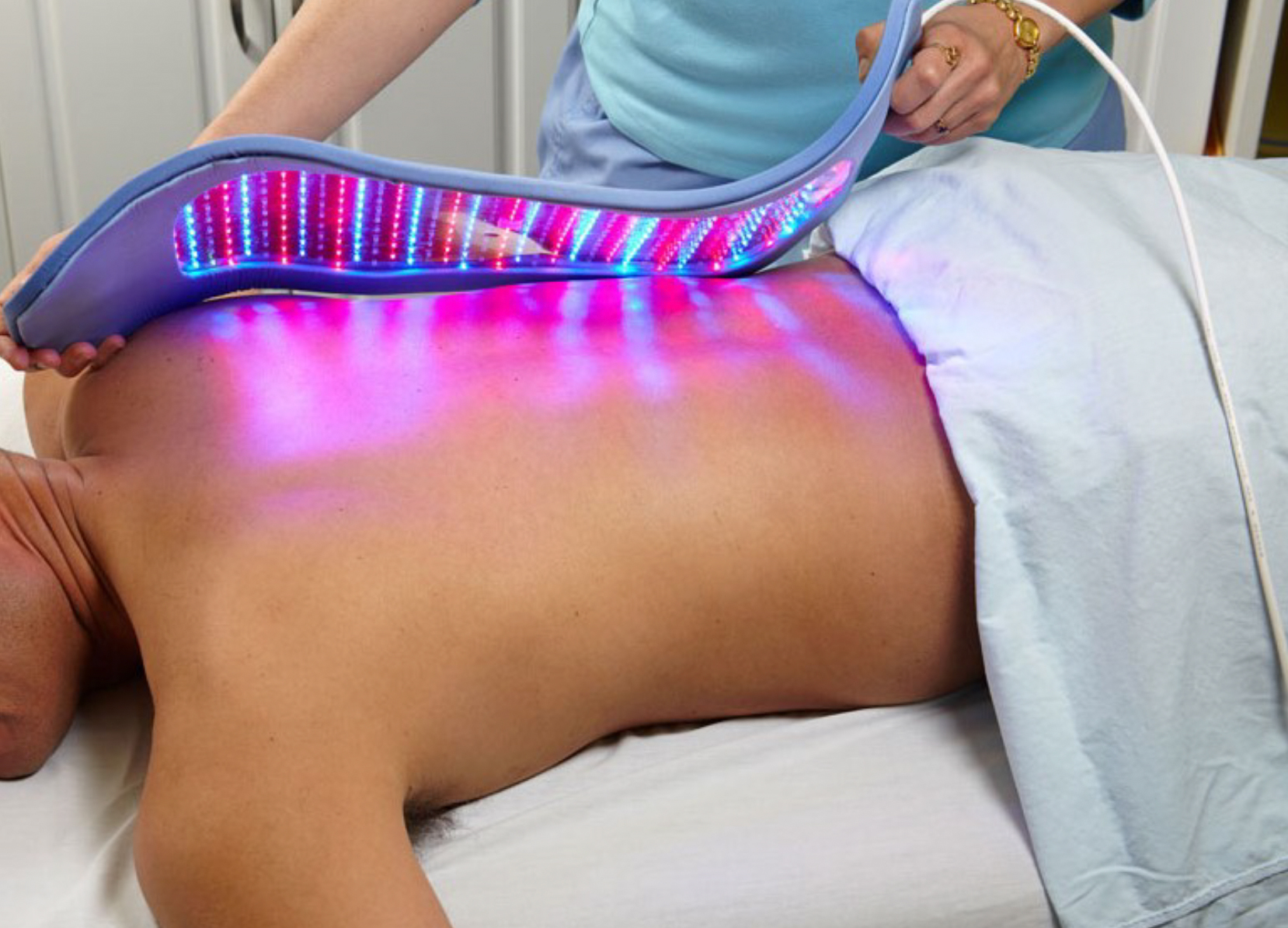
Based on the research of NASA, Celluma Pro was developed by BioPhotas, Inc, and is an innovative and technically advanced light therapy device. It is made right here in the United States and is an FDA cleared class II medical device. Being FDA cleared is a rigorous, expensive, and lengthy process that allows oversight and regulation of the claims manufacturers make about the effectiveness and safety of their product. By voluntarily undergoing this time-consuming and costly verification process, BioPhotas, Inc. is showing their commitment to producing a safe and effective medical device.
The Celluma Pro works by applying a combination of non-ultraviolet LED light therapy and a proprietary photo-modulation technology. It utilizes red, infrared, and blue light waves. This allows a flexibility in treatment applications for skin, muscle, and joint conditions. Celluma Pro’s large surface area makes it perfect for treating broad areas such as the back or torso, and it’s flexible form allows for ease of use in treating areas like shoulders and knees. While there are many other high quality options on the market, Celluma is the only all-in-one light therapy device available. No attachments, extra panels, or accessories are needed to utilize the benefits for skin and pain conditions. It even comes with adaptors for international travel, making it a must-have for on-the-go wellness.
Celluma Pro has three settings with versatile uses. The red pain setting is for muscle and joint pain, spasm, and stiffness, inflammation, circulation, and arthritis. The blue light helps to resolve acne breakouts, kill bacteria, and restore healthy skin. The red and blue light combined improve collagen and elastin production, making this the perfect setting for reducing fine lines and wrinkles, improving skin’s tone and firmness, and improving wound healing.

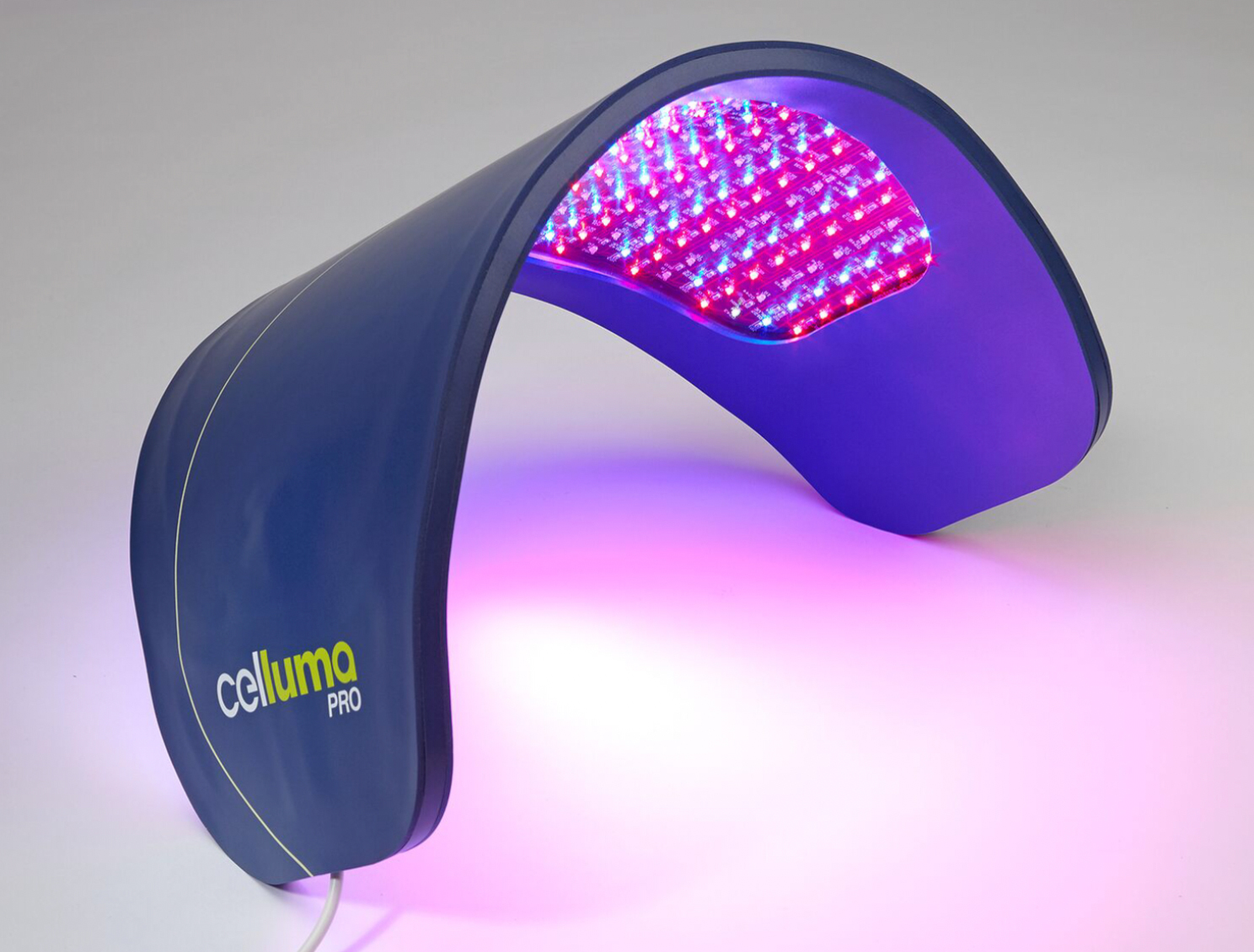
Acupuncture & Wellness of Wisconsin proudly offers Celluma Pro treatments as a stand-alone service for skin, muscle, or joint conditions. You may also upgrade your healing experience by incorporating the Celluma Pro into your acupuncture, massage therapy, or energy healing treatment protocol. A must-have for every home, Celluma Pro is also available to rent or purchase from Acupuncture & Wellness of Wisconsin.
If you would like more information about this powerful therapeutic medical device, or to schedule a free 30 minute “Try it, you’ll love it” session, please contact Acupuncture & Wellness of Wisconsin at (262) 496-4626, or schedule online.
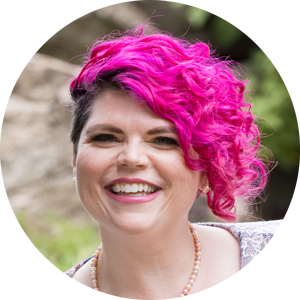
Dr. Laura E. Cox, DAOM, NFMP, LAc, CHP, LMT
Connect with Dr. Cox on TikTok, LinkedIn, Facebook & Instagram. Ready to meet with Dr. Cox to begin a plan to prioritize the 5 Pillars of Health in your life? Make an appointment today.

